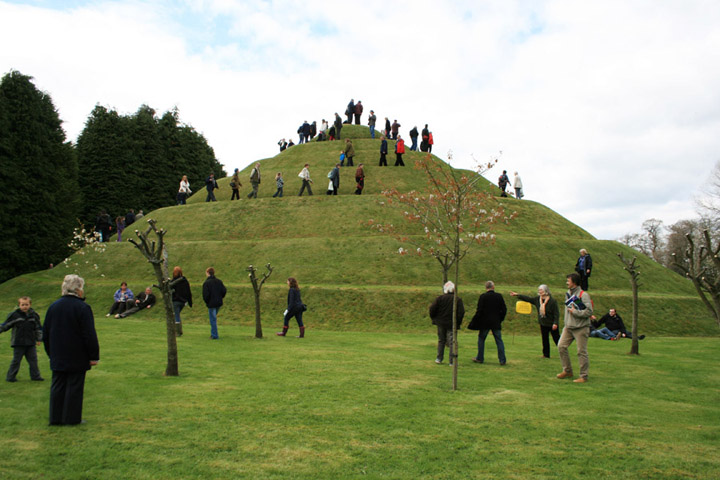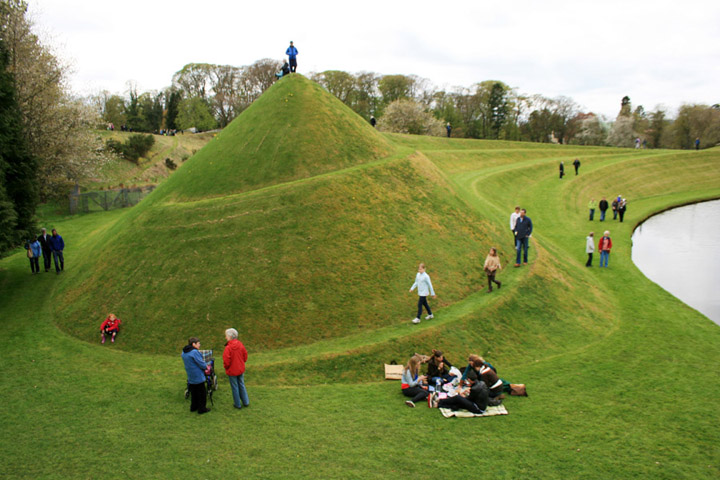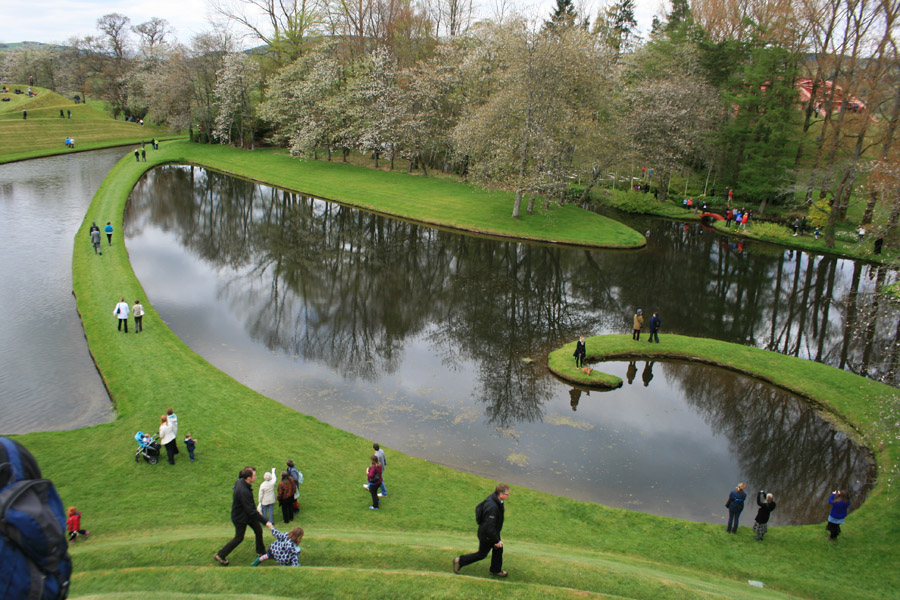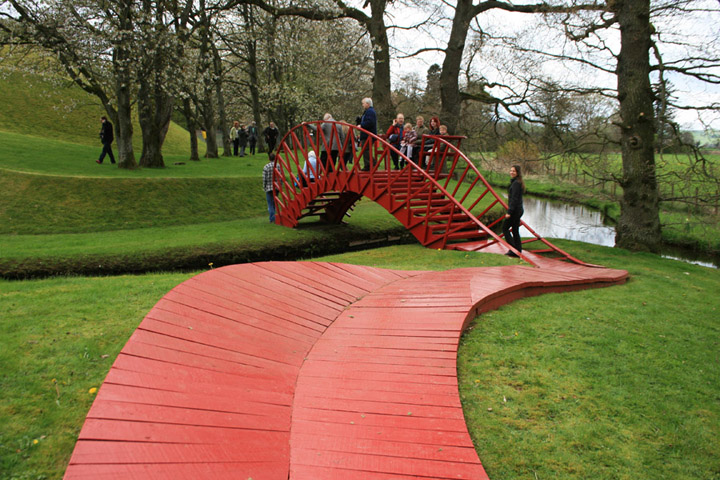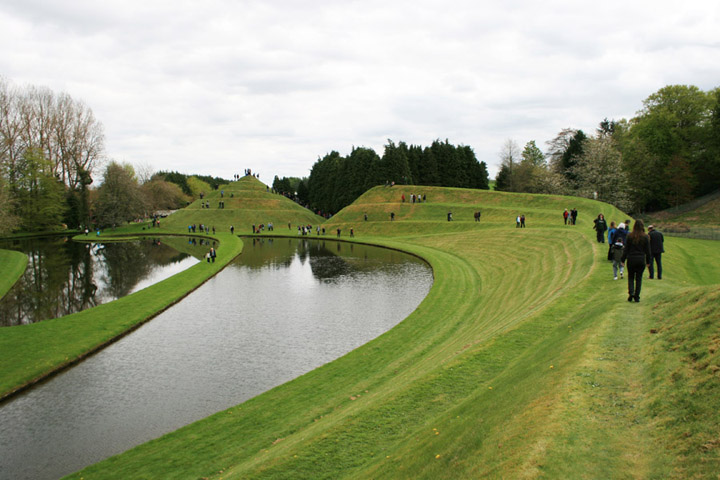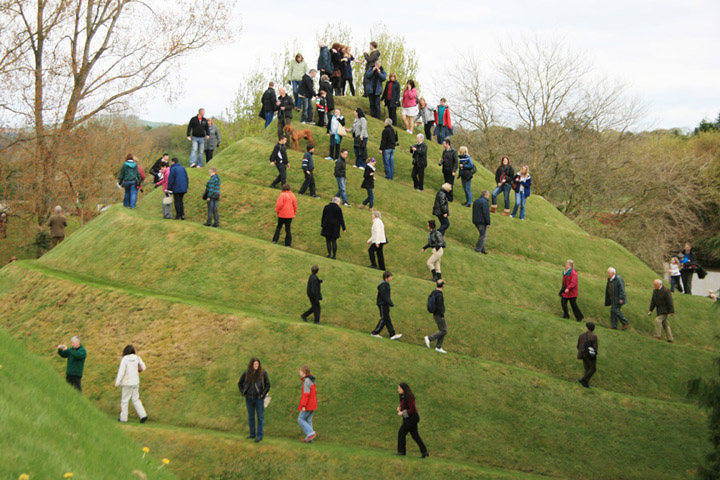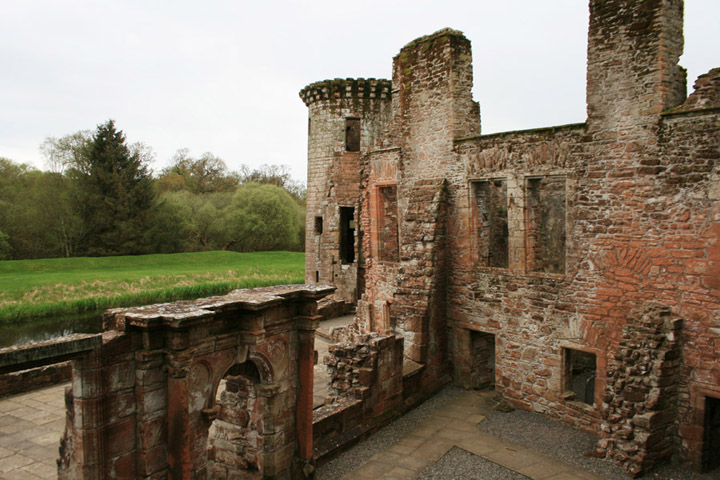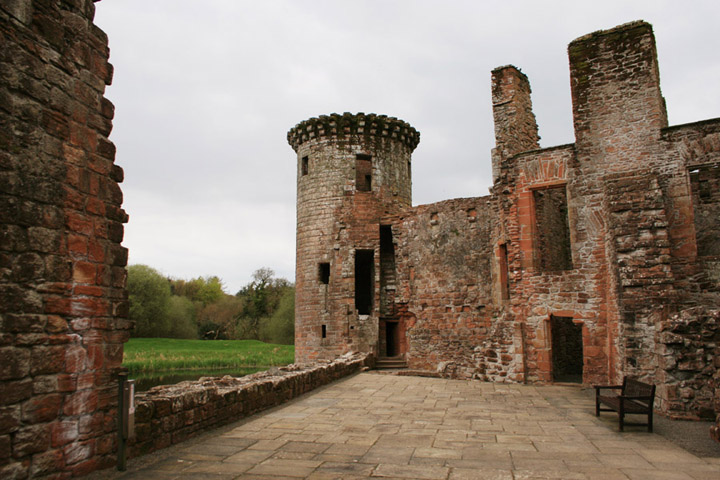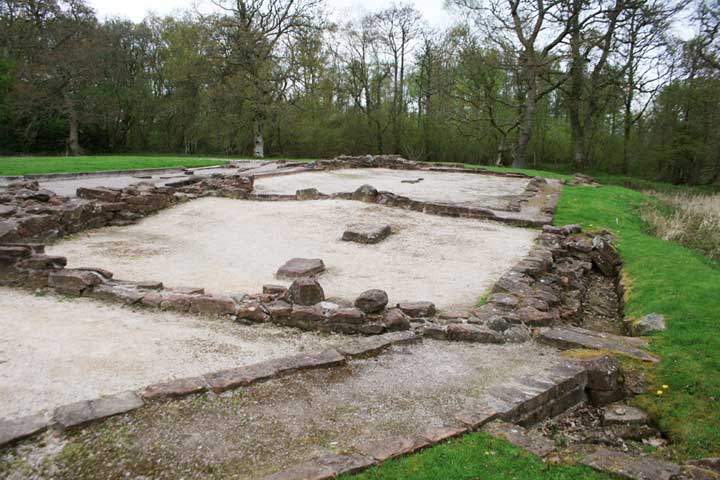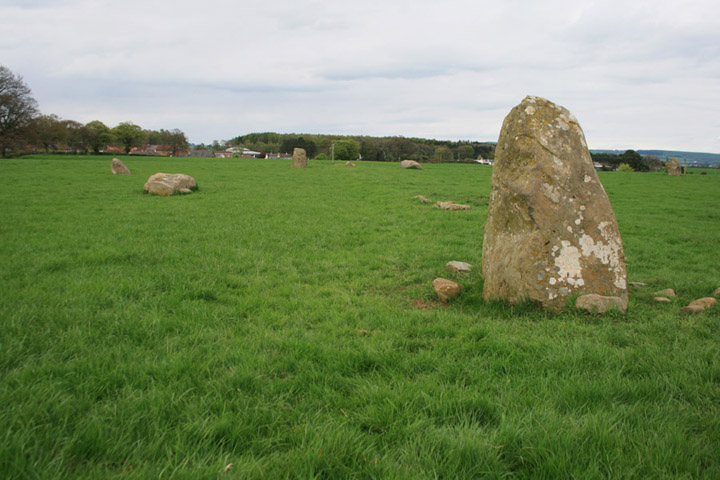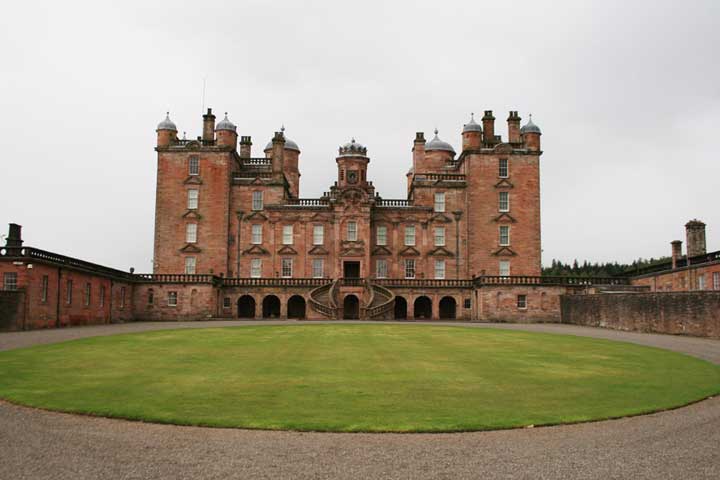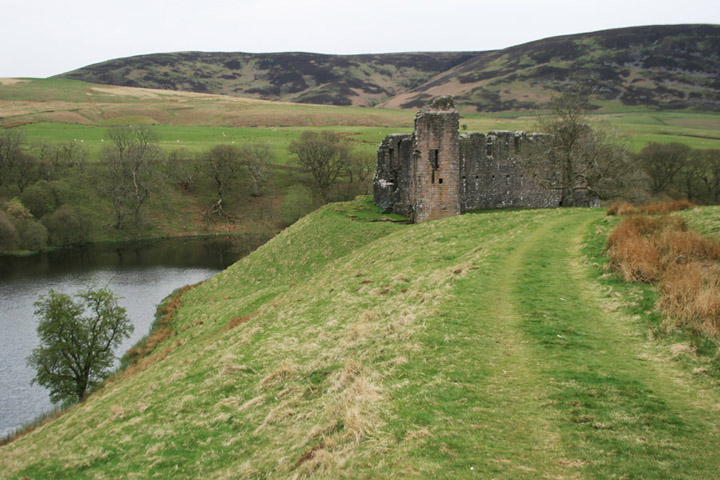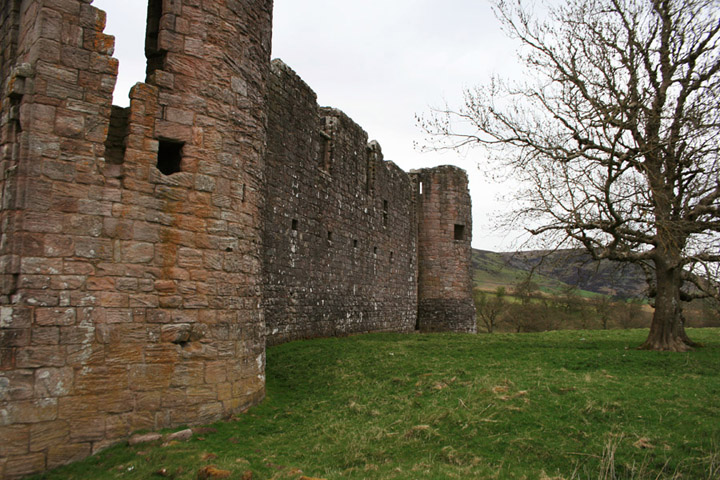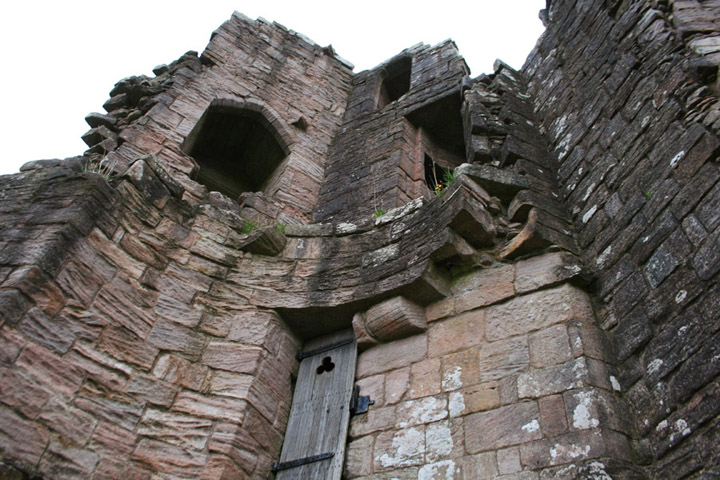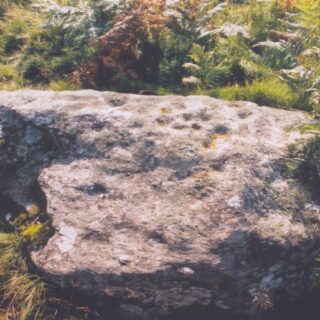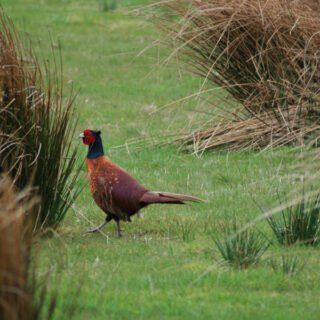Just once a year the Garden of Cosmic Speculation is open to the public, and today was that day. So we got up early and set off for Dumfriesshire in the south west corner of Scotland.
The Garden was designed by Charles Jencks (and surrounds his home, Portrack House), and each year he opens it, with the entrance fee going to his late wife’s charity Maggie’s Cancer Caring Centres.
Inspired by maths and science, it is made up of beautifully elegant landscaped forms.
It took us a couple of hours to get around the garden and see everything we wanted. A truly inspirational place.
Taking advantage of the fact that we were so far south, we continued even further south beyond Dumfries to Caerlaverock Castle. I’d never been here before, and it was a castle I’d always wanted to visit as it looks so different to the majority of other castles in Scotland.
Built on an interesting triangular plan, it is surrounded by a moat, which in antiquity made it highly defensible, but which now makes it incredibly photogenic.
Inside the massively thick defensive walls is an open courtyard, on the left of which (as you enter) is an ornate mansion built in 1634.
Featuring magnificent examples of Renaissance decoration, this block would have added luxury accommodation to the more basic 13th century buildings which preceded it. Throughout the castle it’s possible to see 17th century embellishments, such as the ornate doorway into what would have been the main hall.
At each corner of the castle is a massive round tower.
In the woods behind the castle are the remains of its predecessor, Old Caerlaverock Castle, which predates its larger neighbour by just 50 years, and may have been abandoned due to poor foundations.
On the way back north we stopped off at the Twelve Apostles stone circle. Actually consisting of eleven stones (there are legends which state that it’s impossible to count the number of stones accurately), the circle measures some 89 metres across.
Next on our lengthy itinerary for today was Drumlanrig Castle. By now it was well past closing time, but we cheekily drove up the driveway anyway to take a quick picture of this magnificent 17th century Renaissance palace, now part of the Duke of Buccleuch’s estates.
We had one more castle to see on the way home, and that was Morton Castle. It wasn’t really on the way home as we had to drive up a small country road to get to it, but it was worth visiting. Built on a similar triangular plan to Caerlaverock Castle, it stands on a rocky outcrop high above an artificial loch.
Another feature it shares with Caerlaverock Castle is the round towers at each corner.
On the loch side of the castle the north walls and towers have fallen, along with half of the south east tower.
What does remain is a huge hall, which has led this castle to be described as a hall house.
And with the light fading, it was finally time to head back up to Edinburgh.
